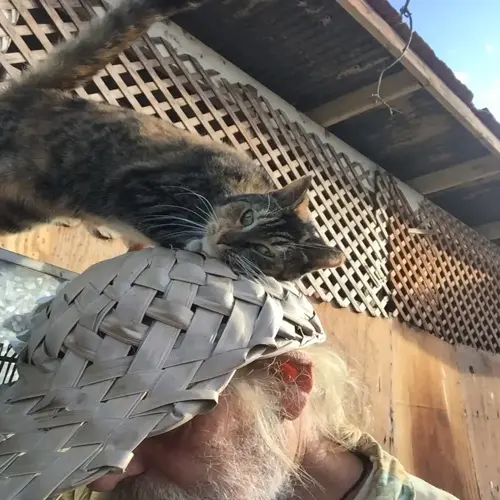Which rescue dogs typically wait longest for adoption?

Written by
Robert Brown
Reviewed by
Prof. David Walsh, Ph.D.Certain rescue dogs remain in shelters for substantially longer periods before being adopted. Senior dogs over the age of seven are often passed over due to their more laid-back attitudes. Special-needs pets are also at a disadvantage if medications are needed or if they require help becoming mobile. There are also breeds that receive "bad press" regarding personality traits. A breed like the Pit Bull can result in adoption roadblocks due to misinformation about its characteristics. These dogs deserve the same opportunities for loving homes.
There are many reasons these dogs remain in shelters longer than others. Medical needs due to older age deter many prospective adopters as they are concerned about vet bills. Behavioral problems intimidate first-time dog owners. Misunderstandings about the breed remain despite temperament testing. Physical characteristics, such as black coats, lessen the attractiveness of photos. Addressing these issues will greatly increase adoption chances.
Senior Dog Promotion
- Highlight lower exercise needs and established manners
- Offer adoption fee sponsorships for seniors
- Create 'senior-for-senior' matching programs
- Provide trial adoption periods with support
- Feature success stories of senior adoptions
Special-Needs Support
- Train volunteers for demonstration care routines
- Partner with vets for discounted ongoing care
- Develop clear care guides for potential adopters
- Create foster-to-adopt transition programs
- Offer post-adoption respite care options
Breed Advocacy
- Host meet-and-greet events dispelling myths
- Create ambassador programs with trained dogs
- Produce videos showing breed temperament
- Collaborate with landlords accepting breeds
- Offer breed education seminars monthly
Rescues implement innovative solutions to surmount barriers to adoption. Foster programs provide unremarkable dogs with valuable exposure to the home environment. Professional-quality photos improve internet visibility for dogs with black coats. Sponsorship programs cover initial medical costs for pets with special needs. These initiatives often also reduce wait times.
Bringing these animals into one's home yields unique rewards. Older companions produce reliable affection and no puppy turbulence. Pets with special needs create intense bonds as a result of the care routines they require. Breeds beset by stigma experience tremendous returns as uncompromising advocates who effect a changed attitude. The effort of additional patience brings its reward, devotions not otherwise encountered.
You can make a difference in reducing the time these deserving dogs spend in shelters. Consider adopting those pets that are often overlooked on shelter visits. Volunteer to be a foster home, supplying transitional care to the needy. Refer to social media and share posts featuring animals that have been in the shelter for an extended period. Participate in sponsorship programs that cover the adoption fees for the dogs. What you do can make a difference.
Read the full article: Breed Specific Rescues: Ultimate Adoption Guide

